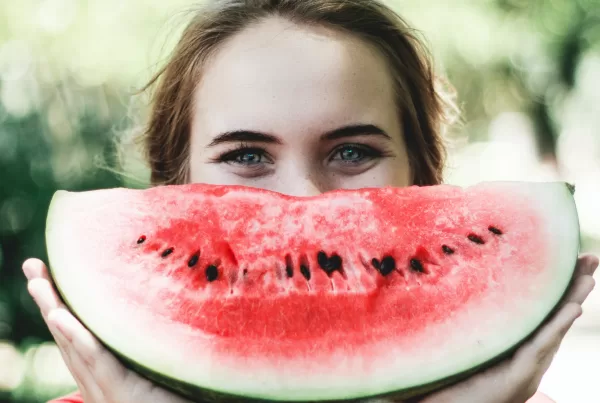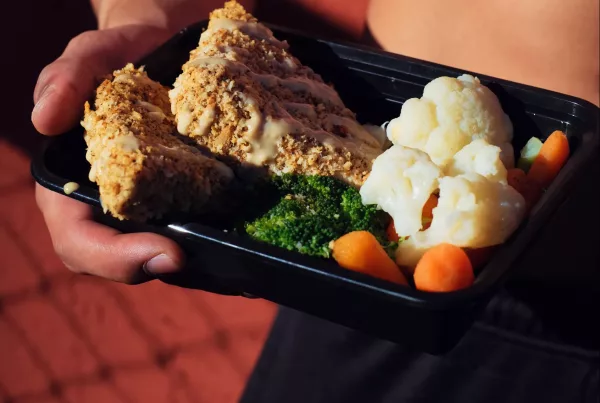We all know what they basically are. But do we really understand what “processed” means?
We know food has been processed usually because it comes in a bag and it doesn’t look like the food in its whole form. But it has a lot more to it that we don’t know because nobody explains it.
Please keep reading if you wish to better understand what processed foods are.
Let me start by sharing with you an informative guide for classifying foods. It is the NOVA, a system created in 2019 in an attempt to unify the terms and classifications of foods. It divides foods into unprocessed, minimally processed, processed, and ultra-processed. The classification ranks the foods according to how much they have been processed. As you might already know, the less processed the better.
Processing means taking the food through industrial machinery to alter its original form, by chopping, mashing, grinding, mixing, heating, and adding other ingredients, most often to extend its shelf life. There’s a lot of chemistry going on when it comes to creating processed foods, and it’s quite fascinating.
Another way to think of processed foods is that the machinery has already done all the breakdown and taken all the nutrients during the process, leaving very little for our digestive system to do and absorb. Our digestive system was designed to do all the processing, including the breakdown, and absorption of nutrients from whole foods, to be transported and delivered by the blood to every single cell of our body.
Simply put, if we eat little nutrient-rich foods, our cells also get very little nutrients and we become undernourished over time, leading to future consequences (or health issues). Not only do cells need nutrients, but all chemical reactions happening inside our bodies also need nutrients, like enzymatic reactions, detoxification, the manufacturing of antibodies, proteins, and all other functions that keep our systems functioning. A whole lot of chemistry happening here too.
To understand processed foods is useful to know how they are made, and what ingredients are used, that’s why it’s important to read the food package.
Please, check out the NOVA.
But let me break it down for you in my words.
Unprocessed foods
They are whole foods like fruits, vegetables, grains, nuts, seeds, and animal products consumed in their original form or very close to it. Examples: apples, avocados, zucchini, bell pepper, lentils, wheat, peanuts, eggs, and fresh meat. No processing is needed, other than just handling, washing, and transporting these foods.
Minimally processed foods
They are whole foods that have been minimally altered from their whole form for our convenience in order to be consumed, stored, or transported. They are considered a good choice. Examples: freshly squeezed juice, nut butter, flax meal, fresh milk, coffee, dried herbs, and frozen vegetables. The processing is light, with no added ingredients, and the nutrient composition doesn’t significantly change.
Processes foods – culinary ingredients
They are unprocessed foods that have been prepared to be used for cooking. Due to their original form, they required the use of processing techniques and might need added ingredients for conservation purposes. Examples: butter, olive oil, grape seed oil, brown sugar, and corn starch. The quality of the final product depends on the technique used on each food.
Processed foods
They are unprocessed foods that have been prepared in order to be preserved and enhance flavor. Examples: cheese, bread, canned tomato sauce, vegetables, fruits, and meat in a substance that preserves the food. These foods lose their freshness and nutrient content due to the processing and added ingredients. Keep an eye on the list of ingredients and the amount consumed.
Ultra-processed foods
They are a combination of minimally processed and unprocessed foods that require the use of a series of industrial machinery, techniques, and added ingredients. The end result does not resemble whole foods or their nutrient composition. Flavor and texture have been manipulated naturally and artificially. Examples: frozen pizza, candy, soda, hot dogs, deli meat, and cereal. The heavy processing changes the food composition and removes nutrients, resulting in a long shelf life product, required to be shipped long distances and manufactured on a large scale.
We pay a price…
Thanks to the food industry, it is possible to feed more people than ever in history. But we pay a big price for it, in many ways, from the farmer’s labor to the packaging and from health insurance to medication. Processed foods should be used only for convenience, not to be the foundation of a diet. The lack of nutrient density in modern diets is leading the population to a health crisis that has to be managed by the healthcare system and pharmaceuticals.
The food industry just like any other business is made to be profitable, and that’s what it has been doing. The more we buy, the more they make, and vice-versa.
WHAT CAN YOU DO?
I wish the solution could be as simple as “Let’s just fix our food”. But there’s a much bigger picture.
Caring about where your food comes from and how it was made are the first and big steps for a nutritious diet. That includes caring for what the farmed animals you consume eat and how they live, as well as how are the agricultural practices at the farms that produce grains, fruits, and vegetables.
Look for local food, raised, grown, and prepared locally. They most likely need little processing. Choose unprocessed and minimally processed foods over processed and ultra-processed. Make the quality of your diet a priority. I like to think of it as an investment in my health.
At the end of the day, our power is in our decisions. And you’re the only one that should decide for yourself.
I can help you navigate your diet and show you how consciously choosing your food can result in better performance.




3 Comments